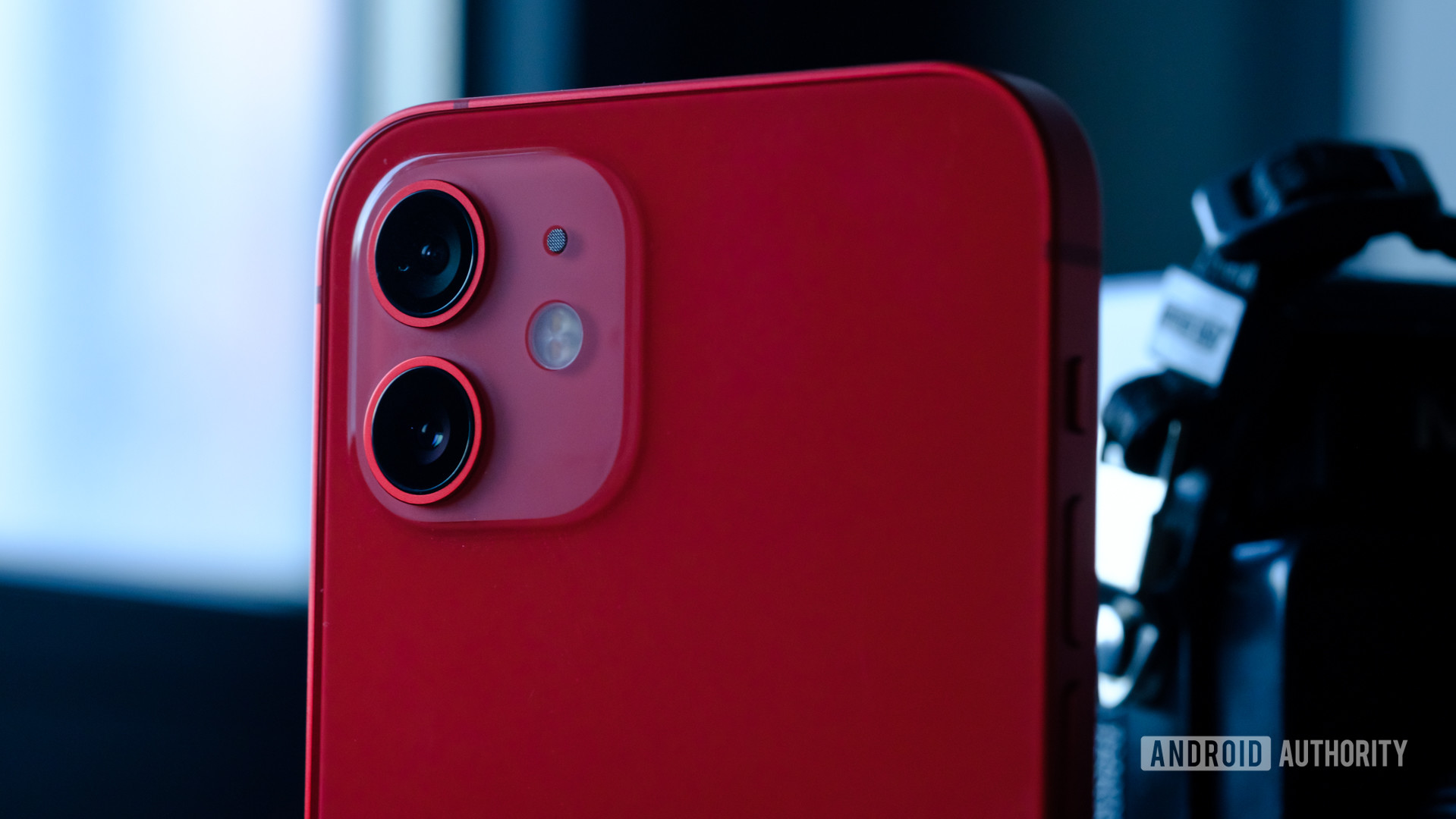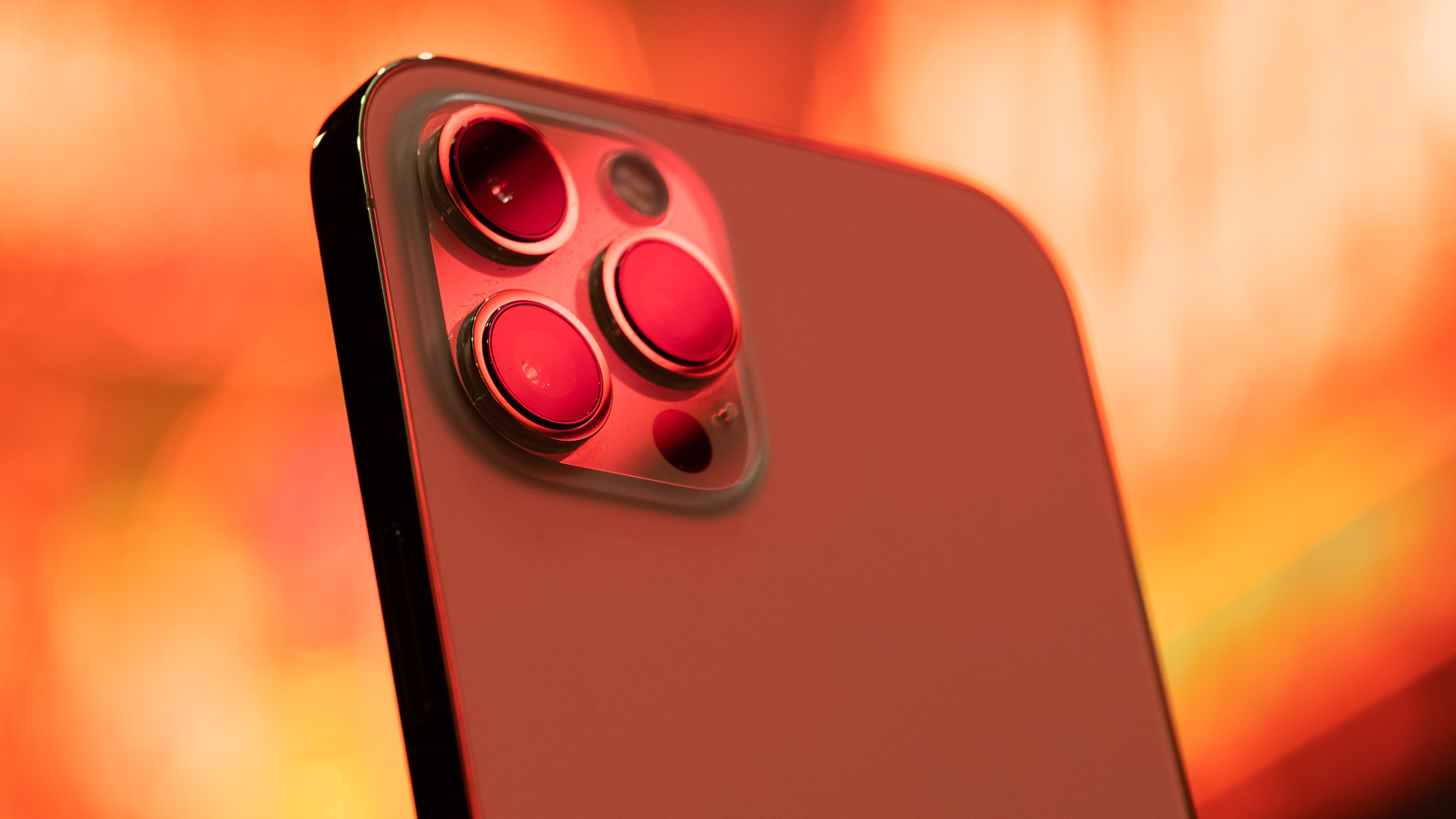How To Use Zoom On Iphone 4

David Imel / Android Authority
The rules of photo composition are hardly set in stone, but two related ones are almost always applicable: fill the frame, and eliminate dead space. If your subject is a car, say, that car should be dominant in the frame unless its surroundings serve a purpose. Any featureless parts of the frame are "dead" unless they're there by design. Why, then, does Apple seem to treat zoom as a second-class feature on its iPhone and iPad cameras, at the same time as Samsung is making it a priority?
Consider the iPhone 12 lineup. Both the standard phone and the Mini are equipped with twin lenses, but these are wide- and ultra-wide components. Their focal lengths are equivalent to 26mm and 13mm on a full-sized DSLR camera, which puts shooters pretty far away from the action. You have to spring for a Pro or Pro Max to add a telephoto lens, and even those iPhones top out at 2x and 2.5x optical zoom — equivalent to 52mm and 65mm, both of which are only mid-range in the DSLR world. We're discounting Apple's 10x "digital" zoom, which past the 2/2.5x mark simply blows up the image, making things increasingly pixelated and blurry.
This contrasts with Samsung's Galaxy S21 series, which offers 3x "hybrid optic" (optical/digital) zoom at a minimum. That's not much better than an iPhone 12 Pro, but you can get up to 10x optical zoom on the Galaxy S21 Ultra — that's equivalent to a 240mm full-size lens, better even than what photojournalists typically use. Notably, all of Samsung's Galaxy S21 phones also offer the full trifecta of cameras: wide, ultra-wide, and zoom. Heck, even the mega-affordable Galaxy S20 FE managed it.
If Samsung can offer the trifecta with all of its flagships, iPhone buyers shouldn't have to pay extra for zoom.
A few other Android phone makers are on the same track. Flagship devices like the OnePlus 9 Pro, for example, often include a 3.3x telephoto paired with an ultra-wide and a wide main shooter. However, a lot of more affordable Android phones share the iPhone 12's wide/ultra-wide combo. This is especially prevalent in the budget sphere (often joined by a superfluous third shooter like a macro camera), but it's also the case with affordable flagships like the Google Pixel 5, the Xiaomi Mi 11, and the pro-less OnePlus 9. To be fair, it's not a useless arrangement. Ultra-wide lenses excel at capturing spaces and large groups, which can be handy for architecture, landscapes, and events like parties. Outside of these use cases, however, they tend to make good composition tricky, and can introduce perspective distortion towards the edges of the frame. Speaking from experience, this is why pros rarely shoot portraits with an ultra-wide.
See also: The complete guide to ultra-wide camera phones
Telephotos have their own limitations, yet they're almost always more useful — not just for composition, but because people typically struggle to get closer to a subject rather than further away. If you're shooting a concert, crowds are probably separating you from the stage. If you're at a wedding, you're only allowed so close to the altar. A telephoto lens can mean the difference between getting a shot or ending up with nothing worthwhile. These lenses should be standard equipment on iPhones, especially with Samsung breathing down Apple's neck. More importantly, though, consumers shouldn't have to choose.
Why Apple is short on zoom, and when that could be fixed

David Imel / Android Authority
There are a few reasons Apple may be pursuing its current strategy. Consumer popularity can't be ruled out — while a recent Android Authority poll found that the majority of people prefer telephotos, 45.81% of readers chose ultra-wides. Depending on who Apple is listening to, its market research might support going wider.
The company is also obsessed with thin and sleek designs, sometimes at the expense of practicality. Modern iPhones already have a camera bump, and going beyond 2.5X optical zoom would probably demand a bigger sensor and periscoping lens technology. That, in turn, might force Apple to enlarge the bump, or commit the worst of all sins (in Apple's eyes) by making the chassis noticeably thicker.
Related: Samsung Galaxy S21 Ultra vs Apple iPhone 12 Pro Max
Its leading motivation, though, is probably minimizing component costs. Periscoping lenses are currently more expensive, and even designing a thicker chassis might be seen as an unnecessary cost increase if shoppers are tolerant of the status quo. So it makes sense to choose an ultra-wide as the one additional lens on iPads and the vanilla iPhones.
Are you willing to spend more for a phone with a telephoto lens?
228 votes
Working on that assumption, Apple is unlikely to add telephotos to its standard iPhones anytime soon. It's even rumored that autofocus is coming to the ultra-wides on the iPhone 13 Pro and Pro Max before anything more affordable. If telephotos do eventually leap to entry-level iPhones, it will probably be thanks to a combination of market pressure and falling parts prices.
If we're critical of Apple here it's not out of spite. The company has consistently had some of the best smartphone cameras on the market for about a decade. It's simply frustrating when a company handicaps its own technology, or asks customers to pay extra for something that should be on every device. A triple-lens setup should be the norm for phones of this caliber. If Samsung can do it, there's no reason Apple can't too.
Up next: The best triple camera phones — what are your options?
How To Use Zoom On Iphone 4
Source: https://www.androidauthority.com/apple-iphone-camera-zoom-1647373/
Posted by: rogersnabowle.blogspot.com

0 Response to "How To Use Zoom On Iphone 4"
Post a Comment